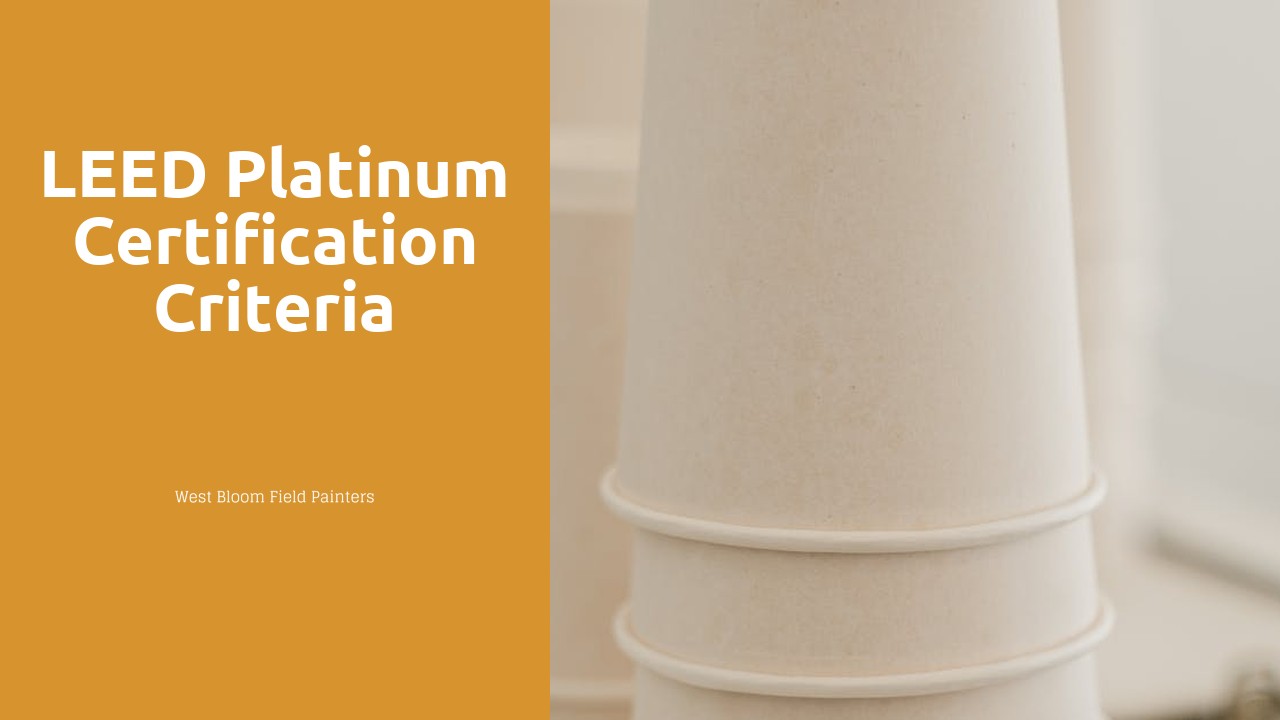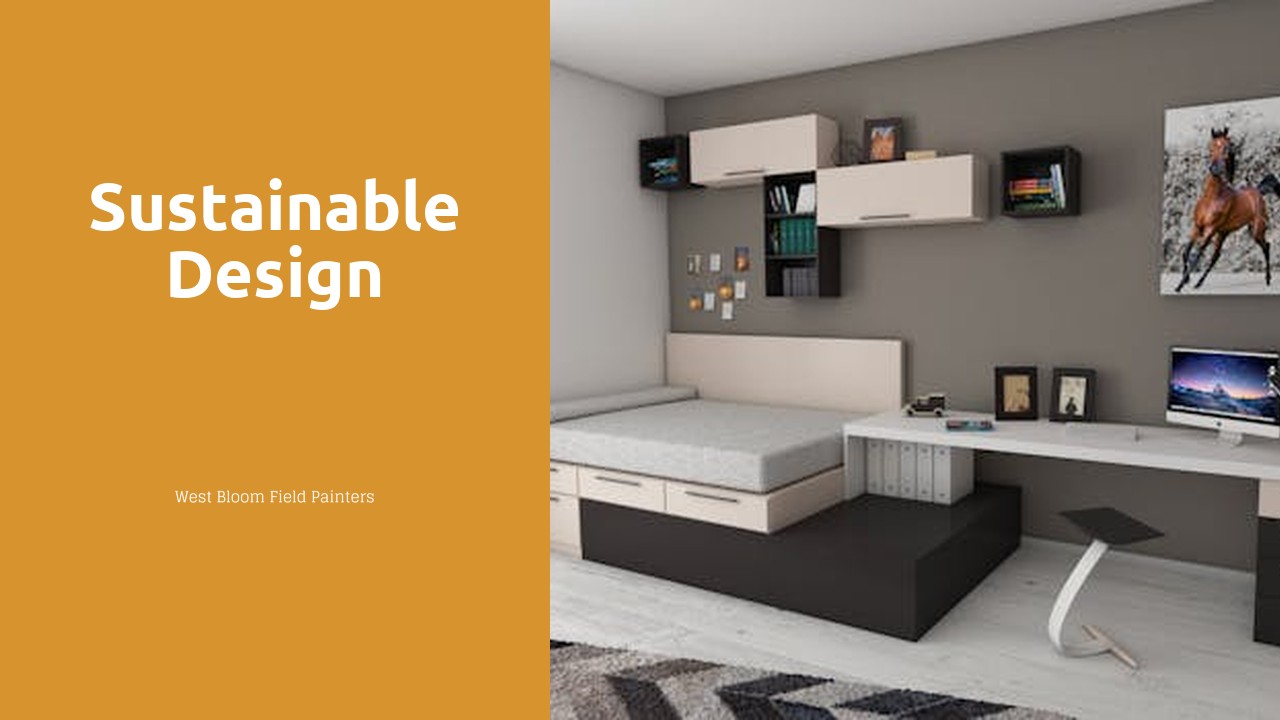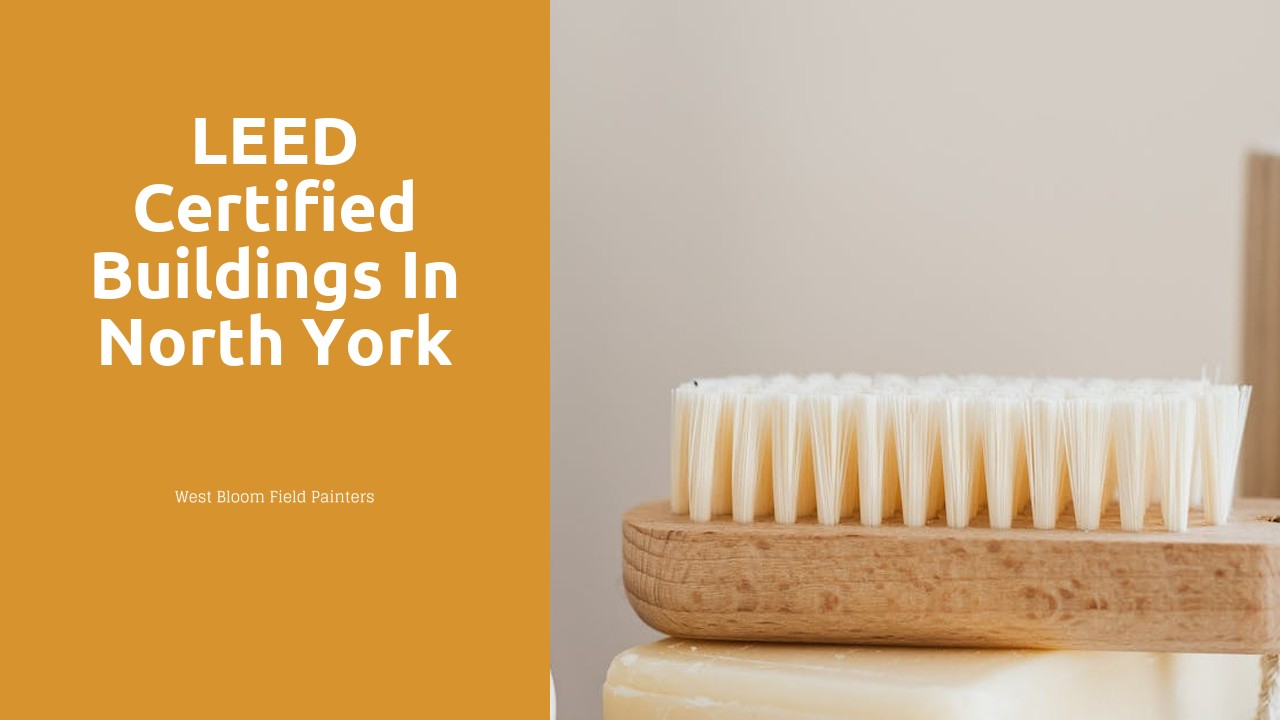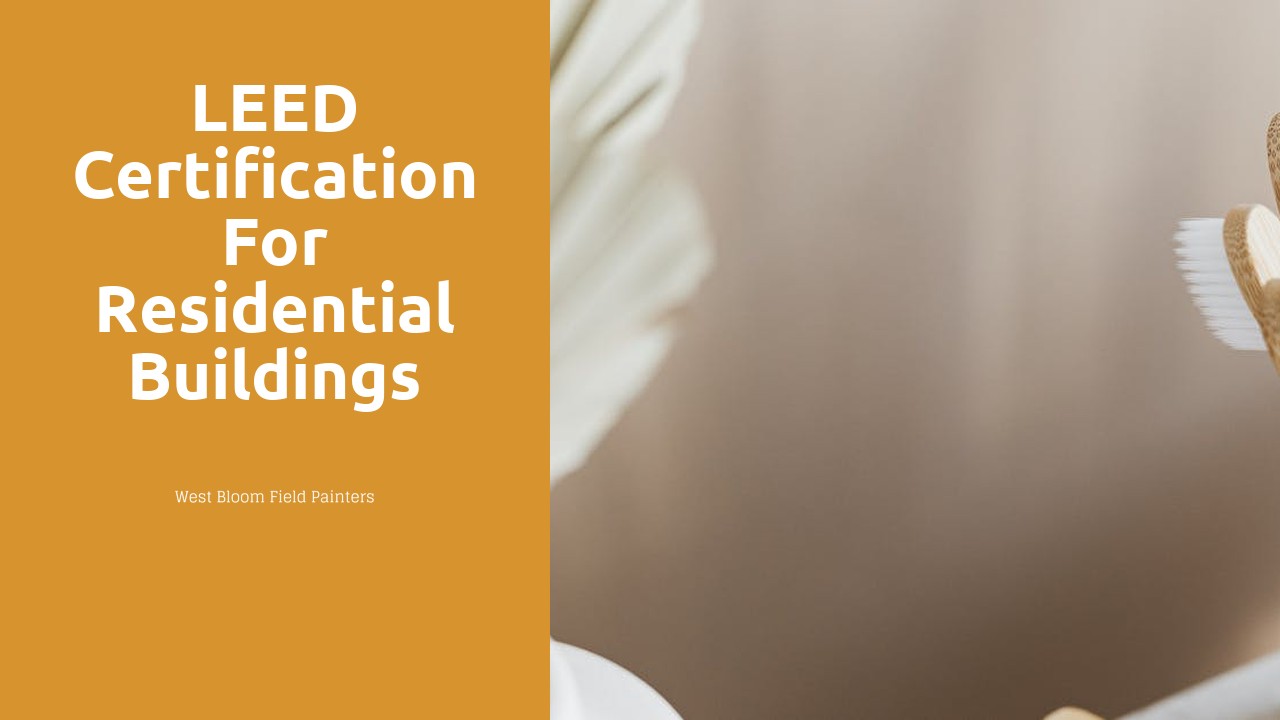
Table Of Contents
Innovation and Design Process Credits in LEED Platinum
Innovation and design process credits play a pivotal role in achieving LEED Platinum certification, recognizing projects that demonstrate unique, sustainable design solutions. By integrating innovative strategies, such as advanced building technologies or efficient systems, projects can earn additional credits towards LEED Platinum. For instance, incorporating renewable energy sources or utilizing green materials can significantly enhance the sustainability of a building, aligning it with the rigorous requirements of the certification process under LEED guidelines. Sustainable design in Halton Hills enables architects and developers to push boundaries, creating buildings that not only meet high-performance standards but also contribute positively to the environment and community.
Furthermore, by emphasizing creative design approaches, projects can address specific environmental challenges and mitigate their impact on surrounding ecosystems. This proactive stance towards sustainable design fosters a culture of environmental stewardship and responsibility within the built environment. In Sustainable Design in Halton Hills, architects are encouraged to think beyond conventional practices and explore innovative solutions that optimize energy efficiency, reduce carbon footprint, and promote ecological resilience. Such design processes not only elevate the overall performance of a building but also establish a framework for sustainable development that benefits present and future generations.
How innovative design strategies can earn additional credits towards LEED Platinum
Innovative design strategies play a crucial role in obtaining additional credits towards achieving LEED Platinum certification. For instance, implementing passive design strategies such as maximizing natural light infiltration, optimizing thermal mass, and enhancing ventilation systems can significantly reduce energy consumption and contribute towards sustainable building practices. Sustainable Design in Halton Hills emphasizes the importance of incorporating green roofs, rainwater harvesting systems, and renewable energy sources to minimize the environmental impact of buildings. By embracing cutting-edge design techniques and technologies, architects and developers can not only meet the stringent requirements for LEED Platinum certification but also foster a more sustainable built environment in Halton Hills.
Moreover, the integration of innovative materials and construction methods, such as using reclaimed wood, recycled steel, and low-impact building materials, can further enhance a building's sustainability profile. Sustainable Design in Halton Hills advocates for the use of locally sourced materials to minimize transportation-related emissions and support the local economy. Additionally, designing flexible and adaptable spaces that can easily accommodate future changes and promote occupant comfort and well-being is essential in earning LEED Platinum credits. By focusing on innovative design strategies that prioritize sustainability and resource efficiency, buildings in Halton Hills can not only achieve LEED Platinum certification but also serve as role models for environmentally conscious development practices.
Location and Transportation Factors for LEED Platinum
When considering the location and transportation factors for achieving LEED Platinum certification, Sustainable Design in Halton Hills becomes a crucial aspect. Evaluated meticulously, site selection and transportation options play a pivotal role in meeting the stringent criteria set forth by LEED. The efficient use of green spaces, proximity to public transportation, and the promotion of walking and cycling infrastructure are all essential components that can significantly contribute to a project's eligibility for LEED Platinum certification in Halton Hills.
Moreover, incorporating sustainable transportation options not only reduces the carbon footprint of a building but also fosters a healthier and more environmentally conscious community in Halton Hills. By emphasizing factors such as access to public transit, bike lanes, and electric vehicle charging stations, developers can create a more sustainable and forward-thinking urban environment that aligns with the LEED Platinum certification requirements. Ultimately, by prioritizing location and transportation factors that promote sustainability and reduce reliance on traditional vehicles, the potential to achieve LEED Platinum certification in Halton Hills is greatly enhanced.
Evaluating site selection and transportation options for LEED Platinum certification
Sustainable design is a paramount consideration in achieving LEED Platinum certification. Evaluating site selection and transportation options play a crucial role in this process. In the context of Sustainable Design in Halton Hills, assessing the site's location and its accessibility by various transportation modes are essential steps towards meeting the stringent criteria for LEED Platinum certification.
Efficiently locating buildings in close proximity to public transportation hubs and promoting alternative transportation methods such as cycling and walking are key factors in determining the sustainability of a project. Additionally, implementing strategies to minimize the environmental impact of transportation, such as reducing reliance on single-occupancy vehicles, is pivotal. By carefully evaluating site selection and transportation options in alignment with Sustainable Design in Halton Hills, developers can make significant strides towards achieving LEED Platinum certification.
Regional Priority Credits for LEED Platinum
Regional Priority Credits play a crucial role in achieving LEED Platinum certification, emphasizing the importance of aligning sustainable building practices with regional sustainability priorities. These credits enable projects in specific geographic regions to earn points for addressing particular environmental challenges or goals identified by the local community. In the context of Sustainable Design in Halton Hills, developers and architects can leverage these credits to tailor their design strategies to reflect the unique environmental concerns and priorities of the region, thereby contributing to a more sustainable built environment.
By focusing on Regional Priority Credits, projects in Halton Hills can actively engage with the community and stakeholders to address specific sustainability issues that hold significance within the local context. This approach fosters collaboration and knowledge-sharing, driving innovation in sustainable design practices while also promoting environmental stewardship and resilience in the region. As a result, obtaining Regional Priority Credits not only enhances the overall sustainability performance of buildings seeking LEED Platinum certification but also strengthens the connection between sustainable development and the surrounding community in Halton Hills.
Leveraging regional sustainability priorities to enhance LEED Platinum certification
Sustainable Design in Halton Hills is a crucial aspect of achieving LEED Platinum certification. Leveraging regional sustainability priorities can significantly enhance the overall certification process, showcasing a commitment to environmental responsibility and community well-being. By aligning project goals with the specific sustainability priorities of the Halton Hills region, designers and developers can effectively demonstrate how their projects contribute to the larger environmental and social objectives set forth by the community.
Taking into account the unique environmental considerations and sustainable practices promoted in Halton Hills can lead to the accumulation of regional priority credits within the LEED Platinum certification framework. These credits highlight the project's ability to address local sustainability challenges and foster a positive impact on the region. By incorporating innovative design solutions that cater to the specific needs and goals outlined by Halton Hills, organizations can not only advance their sustainability initiatives but also strengthen their relationship with the local community and environment.
FAQS
What is LEED Platinum certification?
LEED Platinum certification is the highest level of certification awarded by the Leadership in Energy and Environmental Design (LEED) program, recognizing buildings that demonstrate exceptional sustainability and environmental performance.
How can innovative design strategies help earn additional credits towards LEED Platinum certification?
Innovative design strategies such as incorporating energy-efficient technologies, using sustainable materials, and implementing water conservation measures can earn additional credits towards achieving LEED Platinum certification.
What factors are considered in evaluating site selection and transportation options for LEED Platinum certification?
Factors such as proximity to public transportation, access to bike lanes, and consideration of alternative transportation options are evaluated when determining site selection and transportation options for LEED Platinum certification.
What are regional priority credits in relation to LEED Platinum certification?
Regional priority credits are specific sustainability priorities identified for a particular region that, when addressed in a project, can enhance the overall LEED Platinum certification by providing additional points.
How can leveraging regional sustainability priorities enhance the LEED Platinum certification process?
By aligning with and addressing the regional sustainability priorities, projects can earn additional credits towards LEED Platinum certification, demonstrating a commitment to enhancing sustainability efforts within the specific region.





